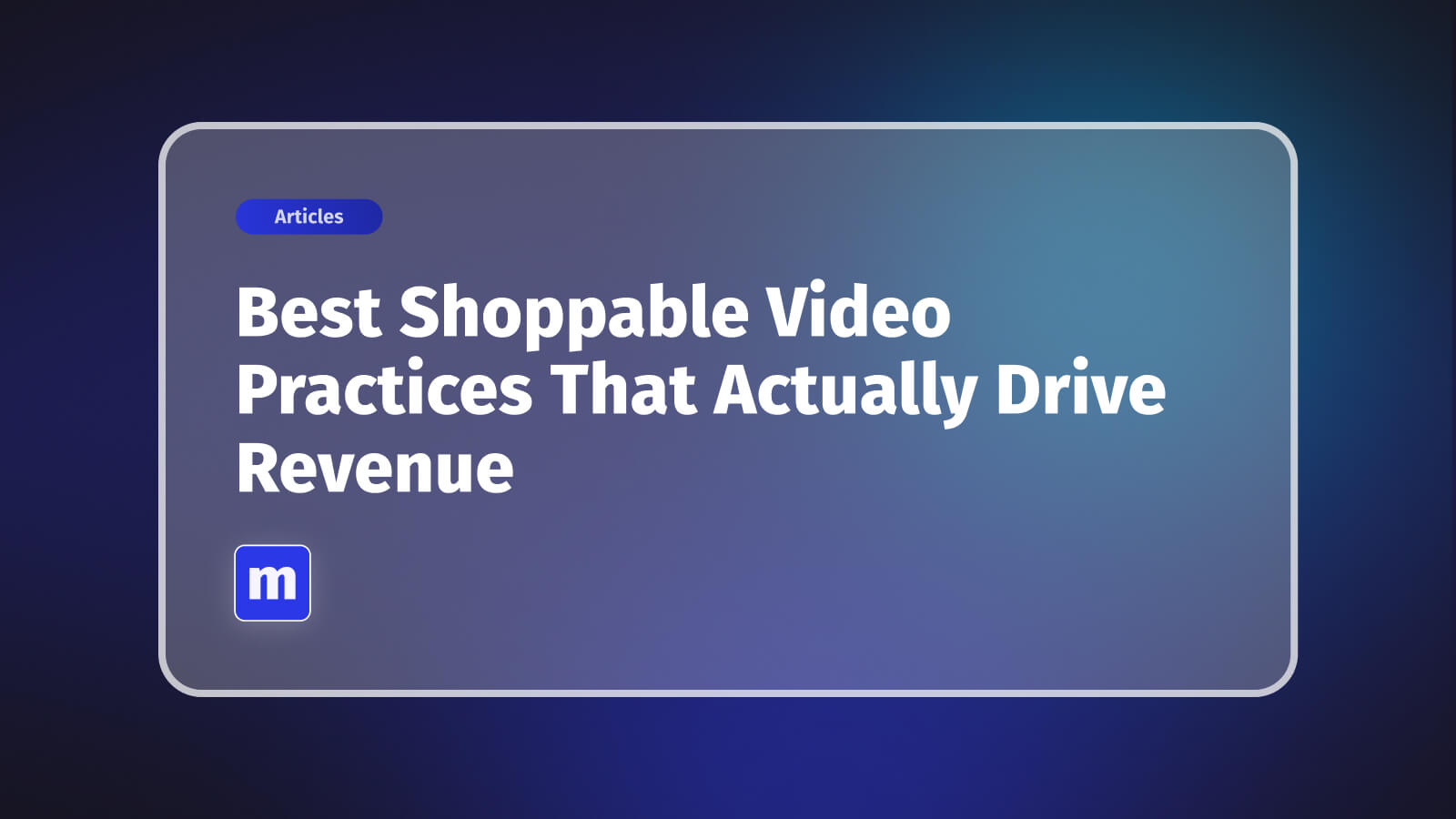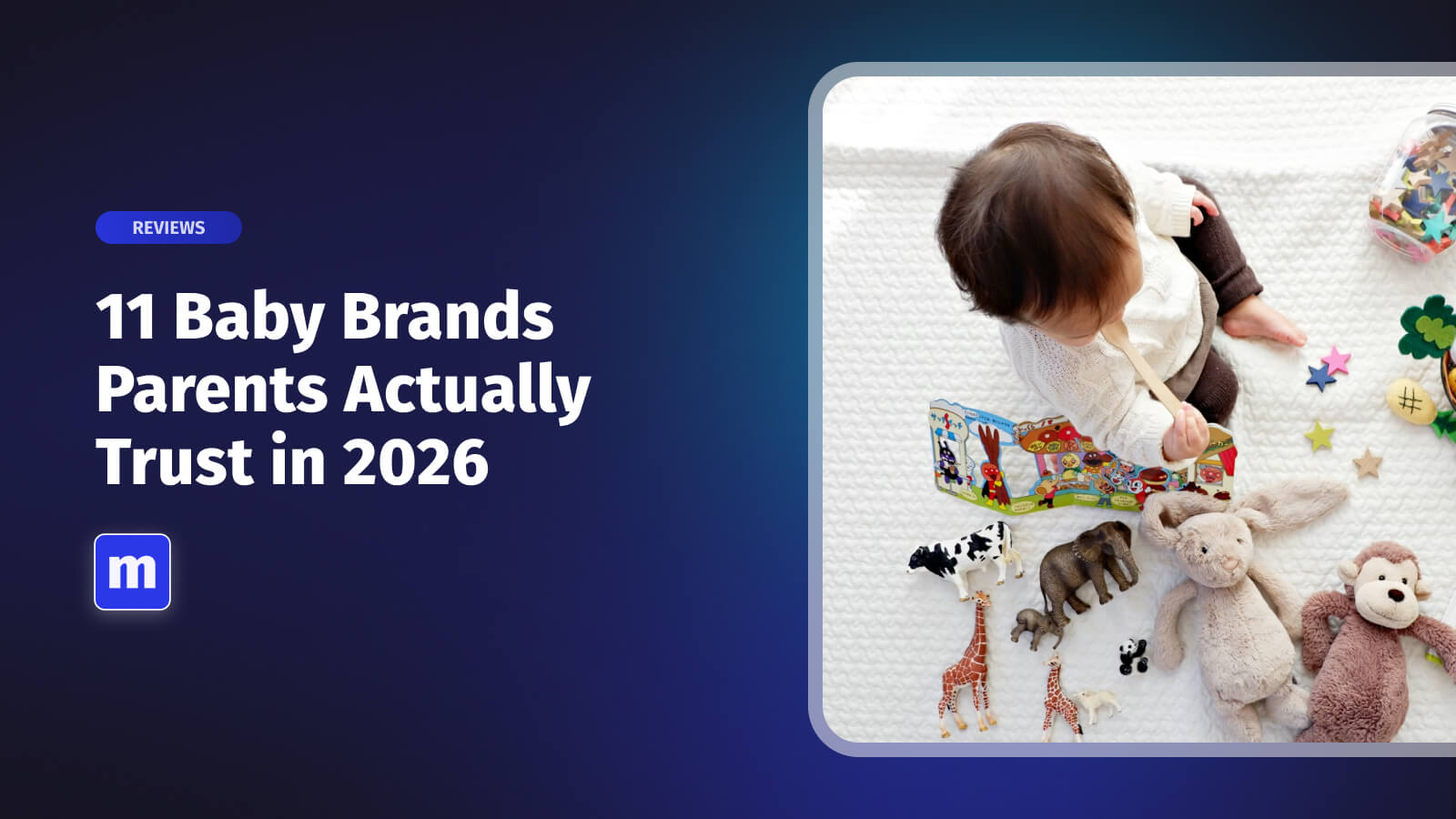
Table of Contents:
TikTok isn’t just for viral dances and funny videos anymore—it’s rapidly becoming a go-to platform for search, especially among younger audiences. With billions of users, TikTok is now competing in a new arena: search ads. Recently, the platform launched its own search ads function, allowing advertisers to reach users based on their search queries, a feature long dominated by Google.
But here’s the question: Should advertisers move their budget away from Google’s tried-and-true search ads in favor of TikTok’s new offering? While TikTok’s search ads open up exciting opportunities to reach the coveted Gen Z audience, many marketers are still on the fence. Can TikTok deliver the same results and ROI that advertisers have come to expect from Google?
Let’s dive into what makes TikTok search ads unique, why advertisers are hesitant to jump ship from Google, and whether now is the right time to rethink your advertising strategy.
Read: 10 Best TikTok Shopping Ads
What Are TikTok Search Ads?
TikTok search ads are a new way for advertisers to tap into the platform’s massive user base by targeting people based on what they’re searching for. Similar to Google’s search ads, these ads appear in response to specific keywords entered in TikTok’s search bar. The difference? TikTok’s search ads show up alongside engaging, bite-sized videos rather than text-heavy links, making the experience more interactive and visually appealing.
Imagine users searching for makeup tutorials, fashion inspiration, or the latest gadgets—TikTok’s search ads allow brands to place their products right where users are actively looking. And with the platform’s powerful recommendation algorithm, ads are delivered with a high degree of personalization, often aligning with the user’s interests based on past activity.

One of the key advantages of TikTok search ads is their ability to capture a younger audience that may not be using traditional search engines like Google in the same way. For Gen Z and millennials, TikTok is often the first stop when looking for product reviews, trends, and new ideas. TikTok’s search ads give brands the chance to be discovered in these moments of curiosity.
That said, while TikTok’s search ads offer an exciting new frontier, advertisers are still figuring out how they compare to the more established search ads on platforms like Google.
Google Search Ads: The Dominant Player
When it comes to search advertising, Google has long been the gold standard. With over 90% of the global search engine market share, it’s hard to beat Google’s sheer scale and influence. Google Ads have become a critical part of nearly every digital marketing strategy, offering highly targeted, intent-based advertising that connects brands with people actively searching for their products or services.
One of Google’s key strengths lies in its ability to match ads with user intent. When someone types a search query into Google, they’re often looking to solve a specific problem or make a purchase, which means they’re further along the buying journey. This intent-driven approach leads to higher conversion rates and more efficient ad spend, making Google a trusted platform for ROI-conscious advertisers.

Another advantage of Google Search Ads is its robust set of tools and features. From advanced targeting options to detailed analytics, Google offers advertisers an unparalleled level of control and insight into their campaigns. Its ecosystem, which integrates seamlessly with YouTube, Gmail, and other Google products, provides advertisers with a cohesive, multi-channel approach to reaching their audience.
While TikTok’s search ads might be making waves, Google remains the dominant player due to its proven track record, data-driven precision, and deep reach across the web. It’s no wonder that advertisers are hesitant to shift their budget away from a platform that has consistently delivered results.
Read: 8 TikTok Ecommerce Influencers You Need to Follow
TikTok’s Unique Selling Points
While Google reigns supreme in the world of search ads, TikTok brings a fresh, exciting twist to the table.
TikTok’s search ads tap into the platform’s core strengths: creativity, video-based content, and a younger, highly engaged audience. For advertisers looking to break out of traditional text-heavy search ads, TikTok offers a new way to reach users in moments of discovery.
One of TikTok’s biggest advantages is its user base. With millions of Gen Z and millennial users, TikTok provides direct access to a younger demographic that often skips traditional search engines like Google in favor of more visually engaging platforms. For these users, TikTok isn’t just a place for entertainment—it’s where they go to find product recommendations, tutorials, and trends. This makes TikTok search ads a prime opportunity for brands in fashion, beauty, lifestyle, and other trend-driven industries.

Another unique selling point is TikTok’s recommendation algorithm, which is famously good at keeping users hooked. The same algorithm that delivers highly personalized content to users also ensures that search ads are aligned with their interests. When someone searches on TikTok, they’re not just shown a random collection of videos—they’re shown content (including ads) tailored to their preferences and behavior on the app. This personalized experience could help drive deeper engagement and, potentially, higher conversion rates.
TikTok also shines in its creative ad formats. Instead of plain text or static images, TikTok search ads allow brands to showcase their products in short, engaging videos. This video-first approach is ideal for demonstrating products in action, creating storytelling opportunities that simply aren’t possible with traditional search ads.
While TikTok’s search ads are new, these unique selling points—youthful audience, powerful algorithm, and creative formats—make it an intriguing platform for brands looking to experiment with their advertising strategy.
Advertisers' Hesitation: Why They're Not Ready to Shift to TikTok Search Ads Yet
While TikTok’s search ads present exciting possibilities, many advertisers are still approaching the platform with caution. After all, Google has been the go-to for search advertising for years, and it’s hard to convince marketers to move their budget away from a platform that consistently delivers results.
One of the biggest reasons for hesitation is the lack of historical performance data on TikTok’s search ads.
Google’s search advertising has decades of performance data that advertisers can rely on to make informed decisions about where to allocate their budget. TikTok, on the other hand, is still new to the search ad game, and brands are waiting to see if it can consistently drive results, particularly when it comes to ROI and conversions.
Another concern is the perceived uncertainty around TikTok’s audience targeting and measurement capabilities. While TikTok’s algorithm is powerful in serving personalized content, advertisers are still questioning whether the platform offers the same level of precision targeting and data transparency as Google. Google’s ad ecosystem provides granular insights into user behavior, ad performance, and conversion tracking, which are key to optimizing campaigns. Many marketers wonder if TikTok will be able to provide the same level of visibility and accuracy when it comes to reporting and analytics.

There’s also the challenge of budget reallocation. Moving a portion of an ad budget from Google to TikTok can feel like a risky experiment, especially for companies that are highly focused on ROI. Google has a long history of driving cost-effective conversions, and brands may be hesitant to experiment with TikTok unless they can see a clear, data-backed path to similar or better returns.
For now, many advertisers are keeping an eye on TikTok’s search ads but are taking a “wait and see” approach before committing to shifting significant ad dollars away from Google. They’re curious to see how early adopters perform, and whether TikTok’s search ads can live up to the hype.
Comparing ROI: TikTok vs. Google
When it comes to advertising, return on investment (ROI) is the name of the game. Both TikTok and Google offer opportunities for brands to reach potential customers, but the question remains: which platform delivers better ROI, and under what circumstances?
Google’s Strength: Proven ROI Over Time
Google’s search ads have a long track record of delivering consistent results. The platform’s ads are driven by user intent—people searching for specific products or services are often ready to make a purchase, making Google an efficient tool for direct-response campaigns. This, combined with Google’s sophisticated targeting and data insights, makes it easy for brands to fine-tune their campaigns for maximum return. Metrics like click-through rates (CTR), cost-per-click (CPC), and conversion rates on Google are well-documented, giving advertisers clear expectations for performance and ROI.
For businesses focused on high-intent keywords or industries where users are actively searching for products (think e-commerce, tech, or services), Google’s precision can lead to highly cost-effective campaigns. Google’s powerful reporting tools also make it easy to track results, optimize campaigns, and get a granular understanding of what’s driving success.
TikTok’s Potential: Creative Engagement and Brand Awareness
On the other hand, TikTok’s search ads are a newer player in the game, and while they may not yet have Google’s track record, they offer a different kind of ROI. TikTok’s platform is uniquely positioned to drive brand awareness and engagement through its video-first, creative format. Instead of simply responding to a keyword query, TikTok ads allow brands to engage users through entertaining and visually appealing content, potentially creating deeper connections with the audience.
TikTok’s user base is also younger and more trend-driven, which means the platform can drive massive organic engagement, sometimes beyond what traditional search ads can achieve. For brands that rely heavily on visual appeal or are targeting Gen Z and millennial consumers, TikTok’s creative approach could result in high engagement, even if direct conversions might not immediately match Google’s search ads.
Cost Efficiency: TikTok vs. Google
In terms of cost, TikTok search ads may offer a more affordable entry point. With Google’s search ads, especially for high-demand keywords, CPC can quickly escalate, pricing some smaller brands out of the most competitive spaces. TikTok’s ad platform, still in its early days, may allow brands to experiment with lower costs while reaching highly engaged users in niche or trend-driven markets.
However, the challenge remains in translating TikTok’s creative, engagement-based ads into measurable ROI. Many advertisers are waiting to see how TikTok will perform in terms of direct conversions and sales before committing to significant budget shifts. Early adopters may find it easier to generate brand awareness on TikTok, but achieving the same level of direct sales as Google may take more time and refinement.
Final Thoughts on ROI
While TikTok’s search ads have the potential to deliver creative engagement and tap into new audiences, Google remains the dominant platform for advertisers looking for proven ROI on search-based campaigns. Ultimately, TikTok’s ROI may depend on the industry, audience, and goals of the campaign—while Google continues to be a trusted, high-conversion option for intent-based advertising.
Should You Shift Your Budget to TikTok?
Deciding whether to shift your ad budget from Google to TikTok depends on your brand's goals, audience, and campaign focus. Here's a quick breakdown of what to consider:
Stick with Google if:
- You rely on intent-driven traffic where users are actively searching for products or services.
- Your industry (e.g., tech, finance, e-commerce) benefits from specific keyword targeting and high conversion rates.
- You need the advanced targeting and analytics that Google Ads provides, giving you granular control over your campaigns.
- ROI is your primary focus, and you want a platform with a proven track record of delivering conversions.
Consider TikTok if:
- Your brand targets younger audiences (Gen Z, millennials) who use TikTok as a discovery tool for products and trends.
- You operate in industries like fashion, beauty, lifestyle, or entertainment, where visual appeal and engagement are key.
- You’re looking to boost brand awareness and top-of-funnel engagement with fun, creative video content.
- You’re ready to experiment with new ad formats and tap into a highly engaged, trend-driven audience.
Best approach?
- Hybrid strategy: Test TikTok search ads with a small portion of your budget to see how it performs, while continuing to leverage Google for high-intent traffic and conversions.
- Brand awareness focus: If your goal is to build awareness, TikTok’s creative video ads can help introduce your brand to new audiences, even if immediate conversions take time.
- Long-term value: TikTok’s potential for building a loyal, engaged audience may lead to long-term customer relationships, especially for brands that excel in visual storytelling.
Conclusion: The Smart Approach to TikTok and Google Ads
TikTok’s new search ads are certainly shaking things up in the digital advertising space, offering a fresh, creative alternative to Google’s well-established search ads. While TikTok brings unique advantages like reaching younger audiences and fostering high engagement through video content, it’s still in the early stages of proving its long-term ROI potential.
For most brands, the best approach right now is balance. Google’s search ads continue to deliver consistent, intent-driven results, making them hard to replace. However, TikTok’s search ads offer an exciting opportunity to connect with a trend-driven, visually engaged audience that could help drive brand awareness and customer loyalty.
Rather than fully shifting your budget, consider experimenting with TikTok search ads as part of a hybrid strategy. Allocate a portion of your ad spend to TikTok and keep a close eye on performance metrics. Over time, you may find that TikTok’s search ads can complement, rather than replace, your efforts on Google.
In the end, TikTok search ads aren’t a one-size-fits-all solution, but for the right brand, they could open up a whole new world of engagement and growth.
Related content
Turn your social content into a revenue channel
Turn your TikToks and Reels into shoppable videos and boost conversions by 3.5x.














